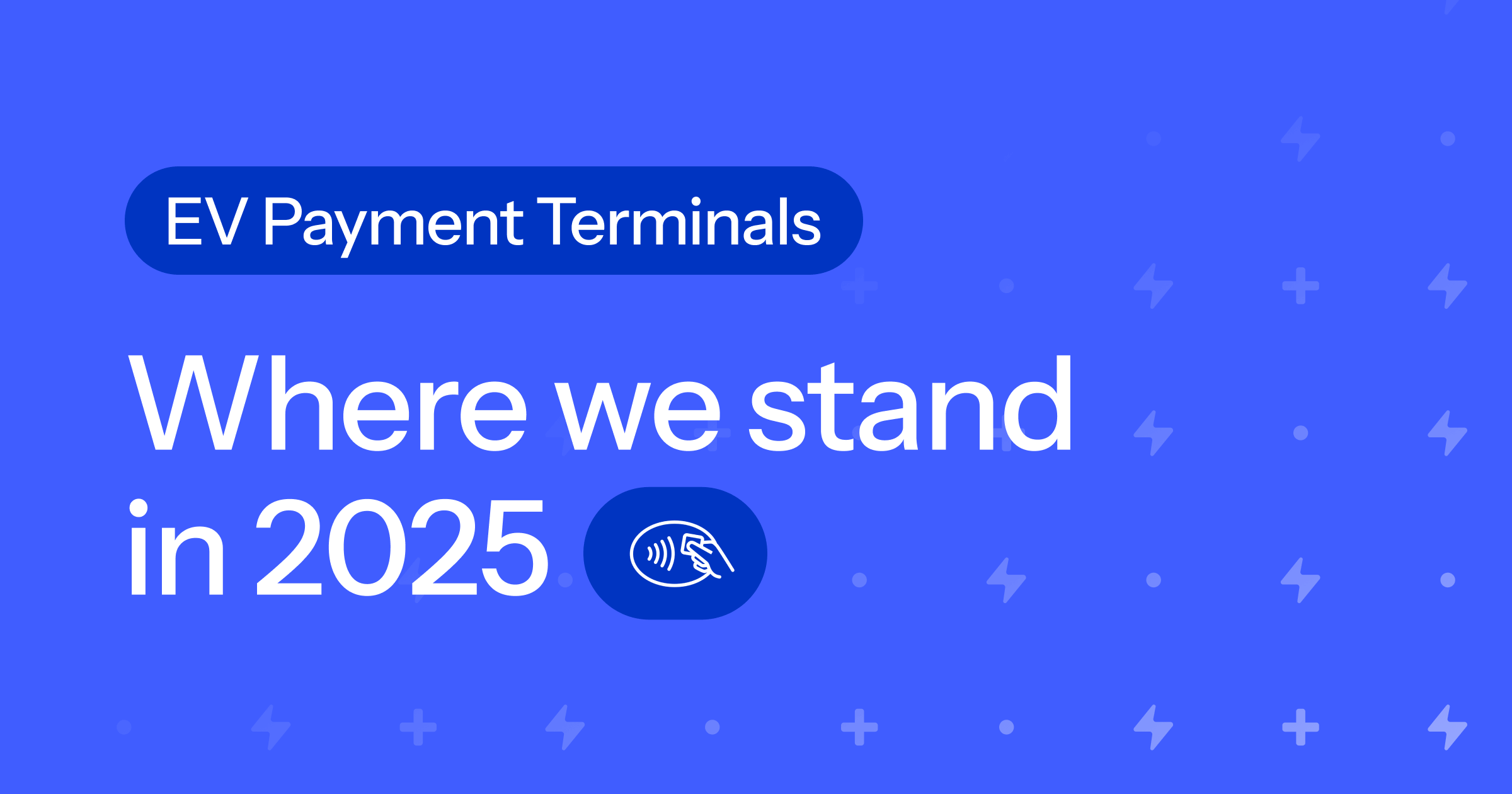EV charging payments are meant to be simple, but in reality, they’re far from it. The industry is still tangled in fragmented integrations, conflicting standards, and clunky systems that slow everything down and hinder the user experience.
To bring clarity to this complexity, we categorize payment terminal integrations into four key approaches:
- Local integration
- Local integration with California pricing
- CPMS integrates via terminal cloud API
- Terminal/Merchant provider integrates via CPMS API
Choosing the right solution starts with understanding the options. Let’s break down how each one works—and where the challenges lie.
1. Local Integration (The Old Way)
This is the original method, where the hardware (HW) model dictates the integration to control the payment terminal, limiting the ability to accept payment flexibility. If you switch to a different hardware provider, you may also need to swap out your payment terminal.
Challenges:
- All logic sits between the charger and terminal, making debugging and logging difficult.
- Limited configuration, typically managed within OCPP.
- Receipts are often clunky or non-existent.
- VAT/sales tax settings are very restrictive.
- Funds are processed through a different PSP than e-commerce and roaming transactions.
- Not kiosk-compatible—one terminal per charger is required.
- Pricing is maintained in several places and often requires a charger reboot.
The good news is that more settings are being added, and if we can map the transaction started from the terminal, it’s actually possible to enhance the experience further.
New settings provide options to:
- Reconcile revenue into Monta wallets
- Use Monta’s receipt system
- In theory, update the OCPP settings automatically via CPMS, and thereby align the pricing
2. Local Integration with California pricing
California Pricing Enhancement (Option 2)
This is an extension of the first approach, but it fixes a few of the issues.
Originally, California pricing allowed CPMS to send pricing information to the charger for display. Over time, this was repurposed to enhance local payment terminal integration by directly syncing pricing and using the CPMS-calculated price for the transaction. Smart!
Benefits:
- No need to maintain pricing separately in multiple systems.
- Supports dynamic pricing and idle fees.
Challenges:
- Logic is now between all three parties (the HW manufacturer, the CPMS, and terminal) meaning debugging is much harder
- Can only pass simple things like kWh price and accumulated price.
- Very few providers support this feature today
3: CPMS Integrates via Terminal Cloud API (Our Favorite)
This method gives full backend control to CPMS, enabling:
✅ Kiosk mode (one terminal for multiple chargers)
✅ Configurable UI
✅ Unified receipt system
✅ Seamless pricing integration
✅ Real-time revenue reconciliation across apps, roaming, and terminals
However, it comes with a major challenge—complex integrations. We’ve completed integrations with Payter & CPI and are now working on Nayax. Each provider has a unique approach, adding to the complexity.
4: Terminal/Merchant Provider Integrates via CPMS API
This is the easiest approach for us because the heavy lifting sits with the terminal provider. However, it also outsources control, leading to issues:
- Integration & API robustness
- Reconciliation between two systems
- Some providers operate as consultants, billing by the hour and passing costs onto the operators
We’ve done a handful of these. It might be quick to get started, but getting it robust is harder.
So, is 2025 worse than ever?
Yes, and it’s not looking to be fixed in 2025, either.
OCPI introduced payment support in version 2.2.1, but it’s unclear if this fully resolves the issue—our last OCPI payment integration still required a custom event and a custom filter.
OCPP is adding support in 2.1, with plans to backport it, but this seems more like a standardization of option 2, and it’s still years away.
The takeaway? The industry’s payment chaos isn’t getting fixed overnight, but you don’t have to wait. By choosing flexible, cloud-based integrations today, you can bypass the outdated infrastructure and avoid the costs and complexity of traditional setups.
Get in contact with us to learn more about the future of EV payments.

